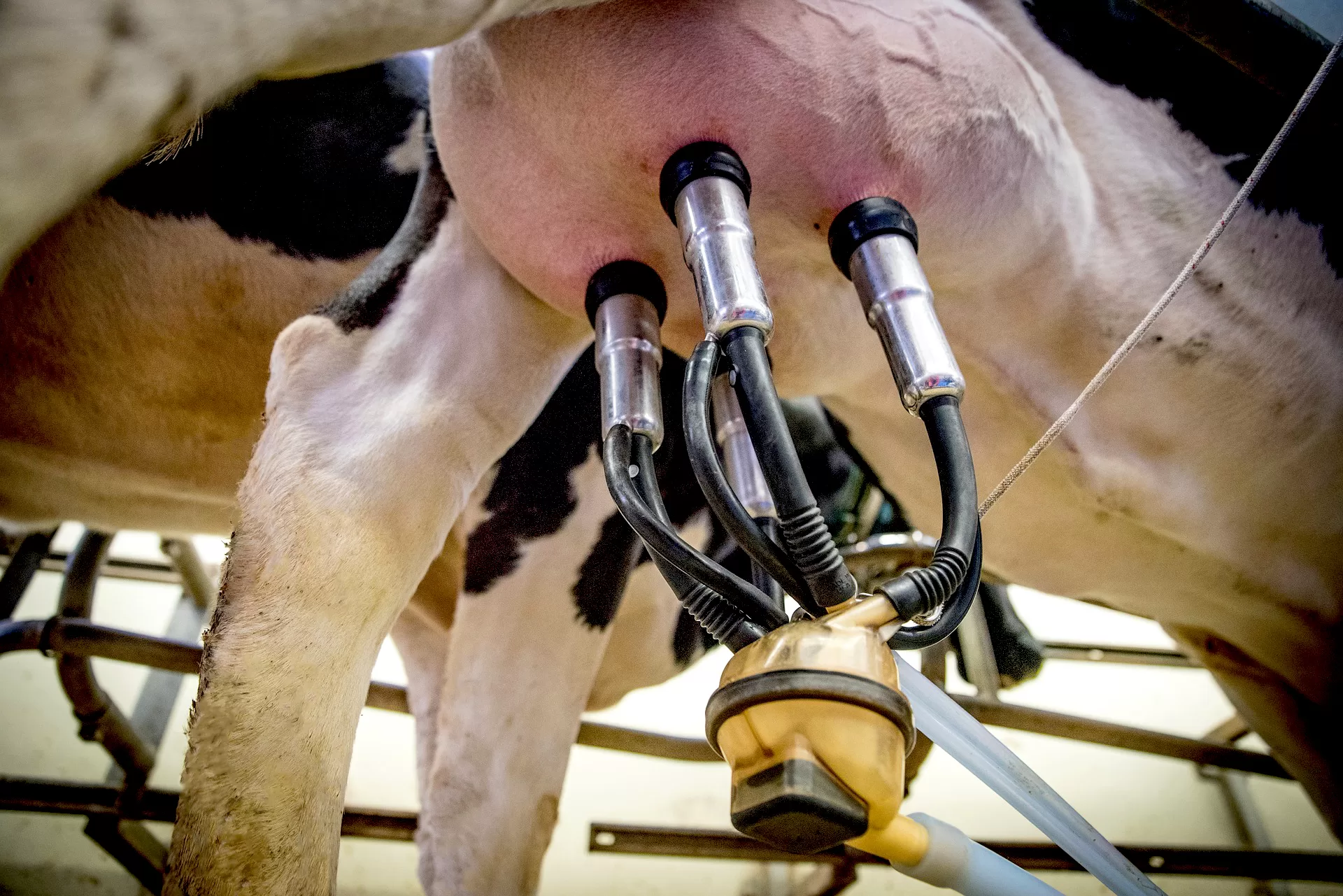It’s 4.15 am as the alarm goes off. I’m wide awake anyway, knowing I’ve got my first morning milking on my own. I drag myself out of bed, wipe a flannel over my face and stumble downstairs. The light is on in the kitchen and my mum, bless her, has got up to make my flask. ‘Go back to bed please!’ I whisper. ‘You really don’t need to do this.’ She smiles and makes the flask up for me anyway....

